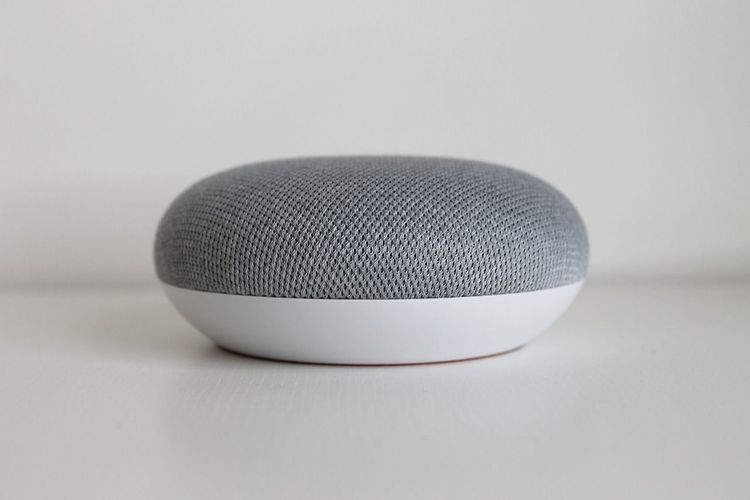Industrial Robots: The Future of Manufacturing with Generative AI
Industrial robots are hailed as the "pearls of the manufacturing industry," serving as crucial equipment for the transition from traditional manufacturing to a digital and intelligent landscape. With the continuous emergence of new sensors and smart technologies, the automation capabilities of robots have seen significant enhancements. The application of artificial intelligence (AI) in sectors such as manufacturing, energy, and automotive is rapidly expanding. Against this backdrop, traditional CPU-intensive processing methods are hitting bottlenecks, prompting a growing interest in accelerated computing solutions.
Over 10,000 companies are leveraging the Nvidia Jetson platform to expedite their digital transformation through advanced generative AI, APIs, and microservices. The widespread adoption of generative AI, cloud-native architecture, and microservices is penetrating edge environments, fueling innovation in areas like defect detection, real-time asset tracking, automated planning and navigation, and human-computer interaction. According to ABI Research, by 2033, generative AI is projected to generate an additional $10.5 billion in revenue for the global manufacturing sector, sparking fierce competition among tech companies.
Recently, NVIDIA announced plans for significant expansion of two frameworks on its Jetson platform focused on edge AI and robotics: the NVIDIA Isaac ROS robot framework and the NVIDIA Metropolis framework. To accelerate the development of edge AI applications, NVIDIA created the Jetson Generative AI Lab, where developers can utilize the latest open-source generative AI models. More than 1.2 million developers and over 10,000 customers—ranging from industry giants like Amazon, Cisco, John Deere, Pepsi, and Siemens—have already adopted NVIDIA AI and the Jetson platform.
The complex and dynamic nature of edge environments, coupled with fast-evolving production line demands, requires developers to frequently update their programming skills, making the process both time-consuming and specialized. Generative AI simplifies edge AI development and management through its "zero-shot learning" capability, allowing for recognition of unseen objects and natural language interfaces. This advancement enhances the usability of models in detection, segmentation, tracking, searching, and even reprogramming, outperforming traditional CNN-based models.
The Jetson platform effectively integrates transformer models with generative AI to address deployment challenges in edge AI. The Jetson Generative AI Lab provides developers with optimization tools and tutorials to deploy open-source large language models, interactive image generation models, visual language models, and visual transformers (ViT). The integration of visual AI and natural language processing in ViT significantly boosts scene understanding. Additionally, developers can harness the NVIDIA TAO Toolkit to create efficient and precise AI models, utilizing low-code interfaces for fine-tuning and optimizing visual AI models.
NVIDIA Metropolis offers GPU-accelerated SDKs and development tools to help users build, deploy, and scale AI video analytics and IoT applications more quickly and cost-effectively. The platform features a rich suite of APIs and microservices for developing complex visual-based applications. Metropolis's user base is rapidly expanding, with over 1,000 companies, including BMW, Pepsi, Kroger, Tyson Foods, Infosys, and Siemens, already benefiting from this technology. Downloads of the developer tools have exceeded one million.
Similarly, NVIDIA Isaac enjoys widespread popularity in sectors such as agriculture, warehouse automation, and service robotics. At the recent ROSCon 2023, NVIDIA unveiled significant updates to the Isaac Robotics platform, launching NVIDIA Isaac ROS 2.0 and NVIDIA Isaac Sim 2023.1, which enhance perception and simulation capabilities. These updates streamline the process for ROS developers to build and test high-performance AI robotics applications.
With high-fidelity simulation technology, NVIDIA Isaac Robotics provides a sophisticated perception and simulation platform for robot developers globally. Utilizing the open-source Robot Operating System (ROS), automated devices gain enhanced perceptual capabilities. The power of GPU acceleration enables developers to rapidly customize various solutions.
Key optimizations in Isaac ROS 2.0 include support for ROS 2 Humble, the use of CUDA NITROS, enhanced ROS bridging capabilities, and integration with Stereolabs ZED cameras, all of which improve system performance and adaptability. Developers can create solutions for developing, training, and testing AI robots on NVIDIA Omniverse's Isaac Sim.
Moreover, NVIDIA is launching a series of selected AI workflows based on the Metropolis and Isaac frameworks, enabling developers to seamlessly integrate complete workflows or specific modules significantly reducing development time and costs. The upcoming NVIDIA JetPack 6 is expected to further accelerate AI development, allowing developers to stay current with the latest technologies across multiple Linux distributions and achieve broader support through the Jetson partner ecosystem.







